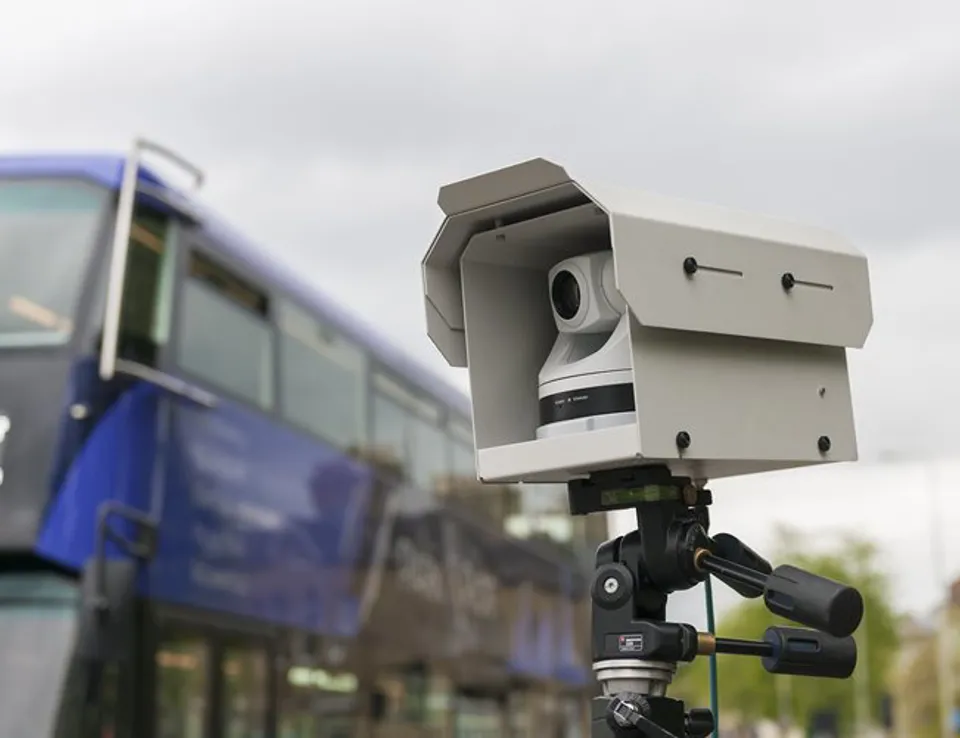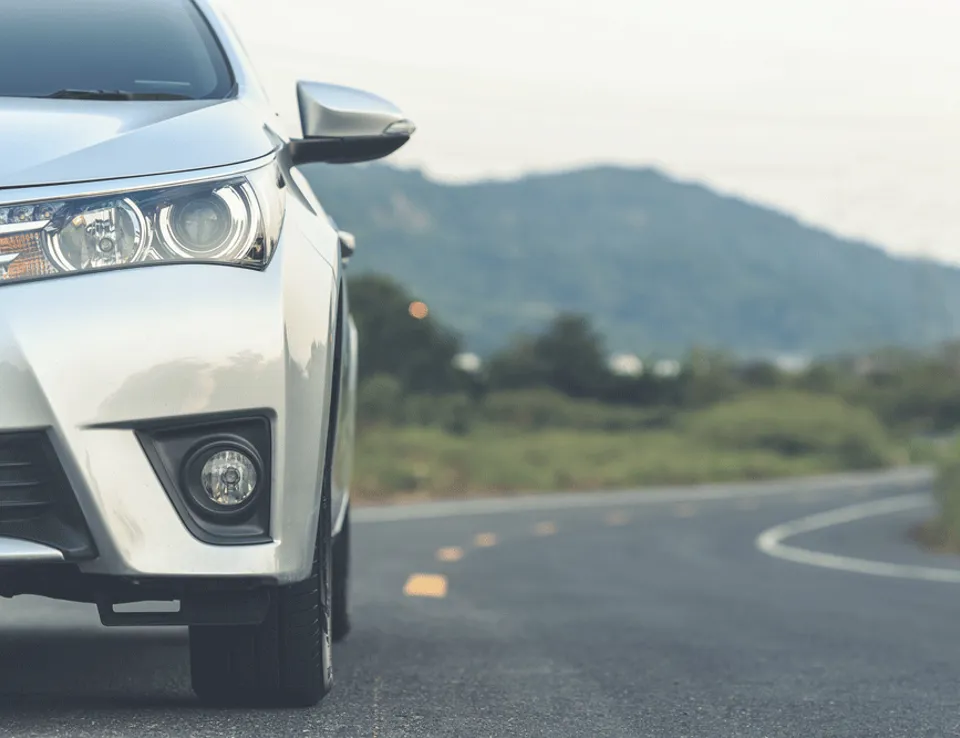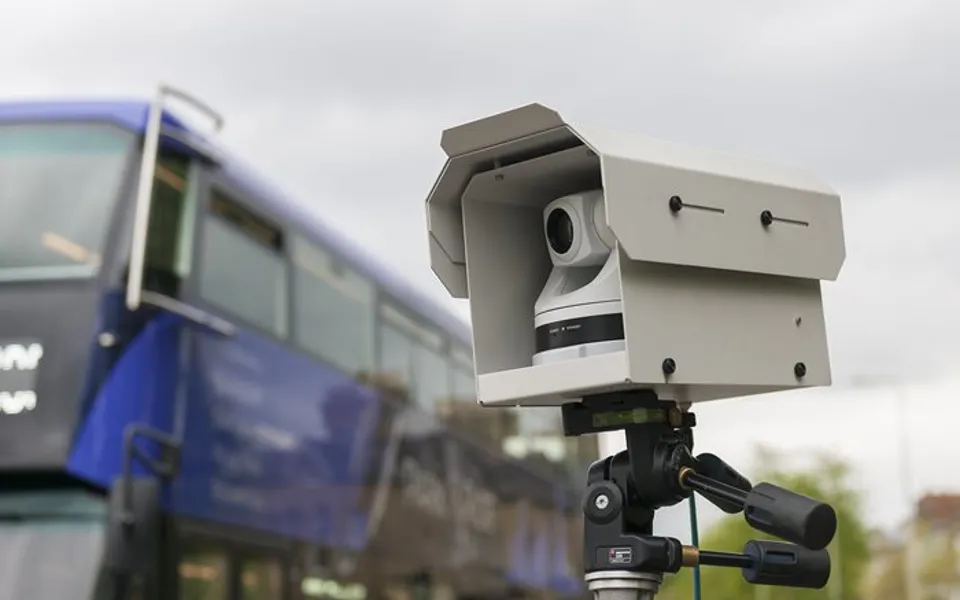
Measuring real-world driving emissions: the first results
09 May 2017
Welcome to the first post on our new real-world driving emissions remote sensing blog!
Over the coming months we plan to cover a range of interesting, and hopefully informative, topics related to real-world driving emissions. We will also take the opportunity to consider the wider issues around emissions from vehicles – an ongoing hot topic in light of the significant challenges faced by cities around the world as they look to address the harm caused by air pollution.
Ricardo launched its remote sensing vehicle emission measurement service last month. Our system accurately measures real-world driving emissions from thousands of vehicles, under actual driving conditions, in a short space of time and without interfering with the vehicle being measured.
There’s been great interest and many questions on how the technology might help cities with their air quality management plans...we have a busy year ahead!
Our current emissions measurements build on work that was undertaken over 50 years ago by our predecessor organisation, the Warren Spring Laboratory. Indeed, as shown in the photo below, the measurements were made using a form of remote sensing (although, when emissions were that high, only a man with a clipboard was needed!). As you can see, things have moved on since then…
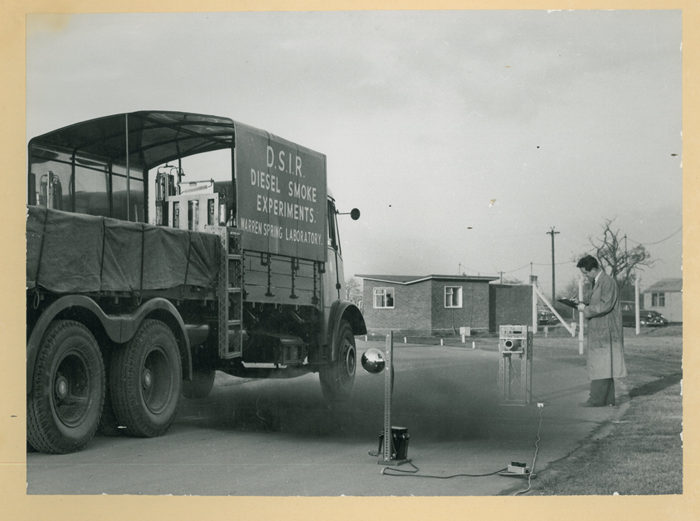
Things have moved on since our first vehicle emissions testing over 50 years ago
In this first post, I am delighted to highlight a few of the early results from our work with what is state-of-the-art remote sensing vehicle emission measurement technology. Our initial work has seen the equipment deployed on and around our base on the Harwell Science and Innovation Campus. Beyond this first blog we hope to provide updates on how our work is progressing including:
- Providing updates on the various measurement campaigns we plan to undertake and the early findings from our work.
- Highlight the emerging evidence related to new vehicle technologies and their emissions performance.
- Discuss how the remote sensing technology can be used to provide data of key importance to the development of Clean Air Zones and other air pollution mitigation measures.
- Show how remote sensing vehicle emission measurements can be linked to information on ambient measurements and emission inventories.
- Highlight linkages with other ways in which Ricardo measures vehicle emissions, including laboratory assessment at our state-of-the-art Vehicle Emissions Research Centre (VERC) and with Portable Emission Measurement Systems (PEMS).
- Discuss the opportunities for remote sensing vehicle emission measurement technologies to be used in operational surveillance of vehicle emissions.
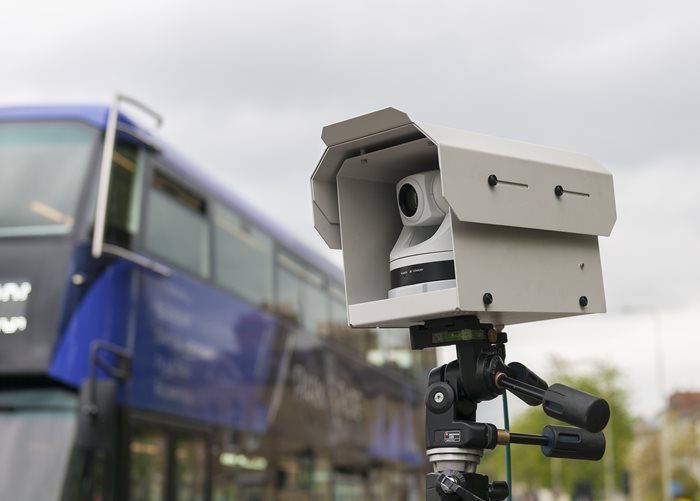
The data collected offers critical insights into the development of effective Clean Air Zones and the design of other air pollution mitigation measures
Early results from Harwell
Our initial focus has been on the measurement of vehicle emissions at and around our base on the Harwell Science and Innovation Campus. Measuring on campus has turned out to be very useful. Because of the site's rural location, at least a six-mile drive from the nearest towns and villages, vehicles arriving in the morning tend to have hot engines. Conversely, when vehicles leave the campus at the end of the working day, almost all will have cold engines.
So, to our early results - the number of passenger cars measured, by fuel type and Euro standard, is shown below. It is encouraging that there is a considerable proportion of Euro 6 vehicles measured (27% of passenger cars). The emissions performance of these newer vehicles, and those vehicles that follow them, will be critical to the future air pollution climate of NOx and NO2 over the next decade.
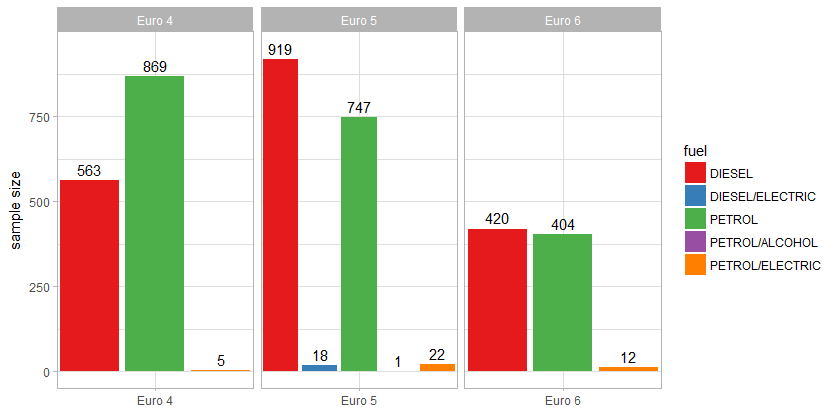
27% of passenger cars measured were Euro 6 vehicles
It has long been known that vehicles starting with cold engines have far higher emissions than vehicles starting with hot engines. In a typical urban setting, it is next to impossible to know whether a vehicle has a hot or a cold engine … but the data collected at Harwell helps to quantify these effects.
As we are only into the first few weeks of our measurements, the number of vehicles assessed is not large – although it’s important to note that at 4,000 passenger cars this volume of vehicles far outweighs what can be achieved with PEMs or in the laboratory in such a short space of time.
Our data are already revealing some interesting findings. The first finding is that Euro 6 diesel passenger cars emit around 60% less NOx than Euro 5 diesel cars. This reduction is substantial and is a big improvement on the 40% reduction measured from early Euro 6 vehicles during a Defra-funded remote sensing campaign in 2013. As we accumulate more data we will be able to unpick the reasons for the changes seen: is it that the most recent Euro 6 diesel cars show significant improvements over the vehicles first introduced in 2014?
Our early data can be split by ‘hot’ and ‘cold’ as shown for NOx emissions below. Interestingly, there is some evidence that diesel and petrol cars behave differently: petrol cars tend to have higher emissions of NOx when starting with cold engines, whereas diesel cars (especially Euro 5) tend to have higher emissions when the engines are hot.
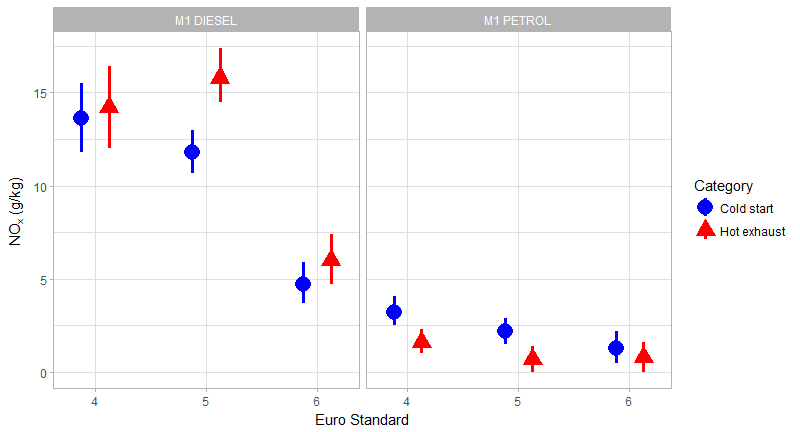
The data suggests that petrol cars have higher NOx emissions when starting with cold engines, while diesel cars have higher emissions when the engines are hot
For NO2 emissions, shown below, the differences are clearer. In this case, it seems that diesel cars with cold engines have much lower levels of NO2 compared to emissions from hot engines. With more data, these results will become ever more robust.
So what? Well these findings could have important implications for urban vs. motorway driving. Cold starts are more important for urban driving than for motorway driving, and lower emissions of NO2 for a significant fraction of urban driving could be an important emissions characteristic that has not been considered.
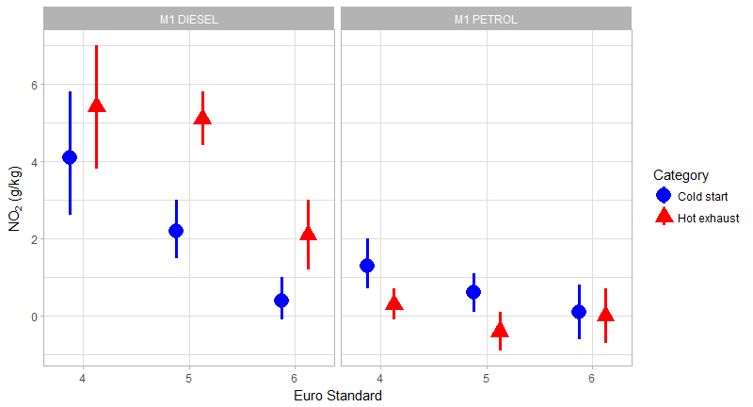
For NO2 emissions it seems that diesel cars with cold engines have much lower of NO2 compared to emissions from hot engines
In our next blog, we will look at why vehicle emissions of directly emitted NO2 are so important … and how these emissions have changed over time.
For more details on Ricardo’s remote sensing vehicle emission measurement service and how it can be used to provide robust information that supports the development of air pollution mitigation strategies contact David Carslaw.




 Follow Ricardo plc for regular updates
Follow Ricardo plc for regular updates



